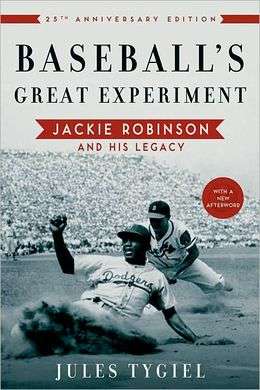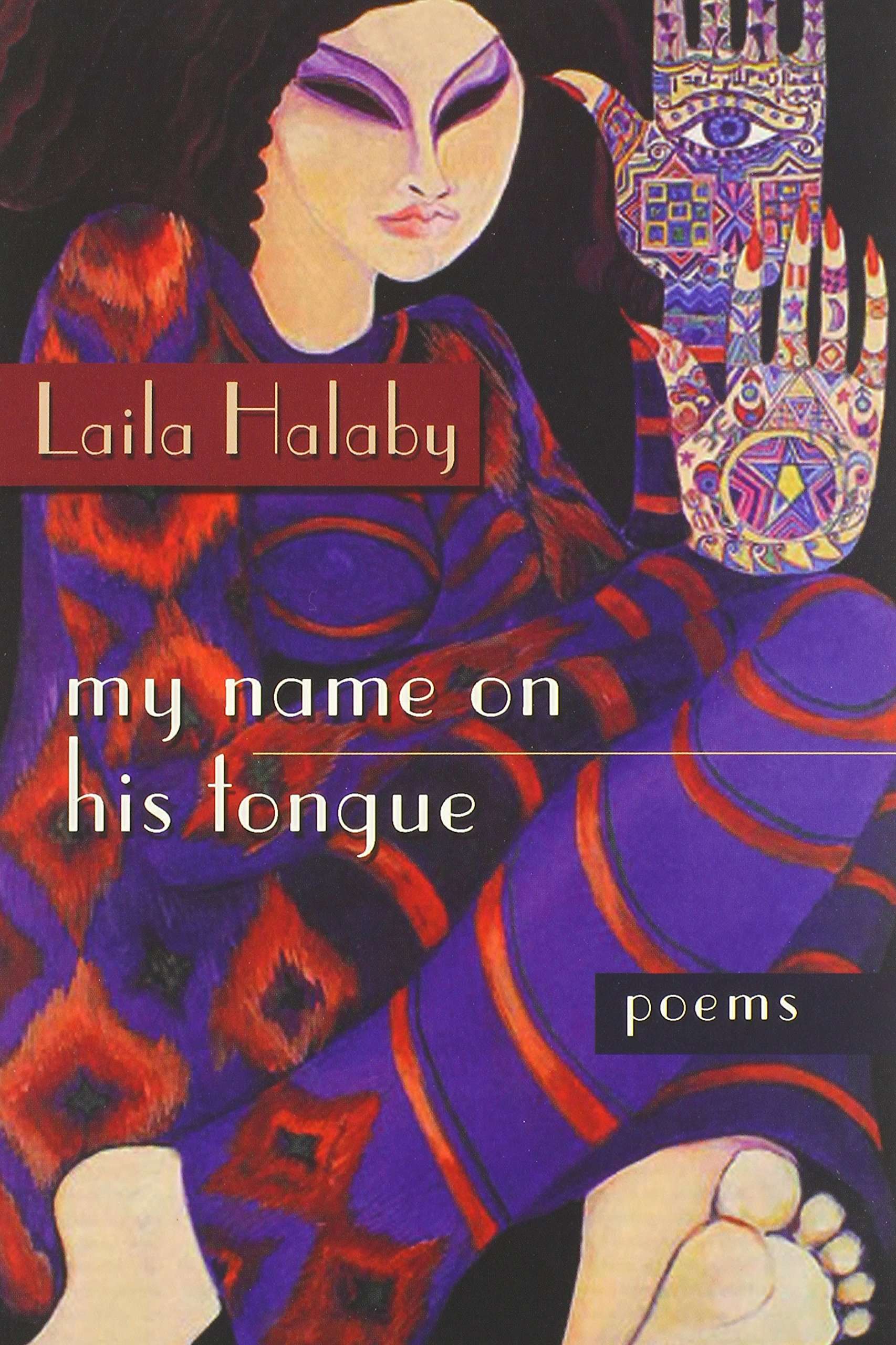Baseball’s Great Experiment: Jackie Robinson and His Legacy by Jules Tygiel
My love of baseball blossomed in the fall of 1987 when the Minnesota Twins won the World Series. Since then, some of my most cherished memories come from watching the Twins, including a very special moment when Kirby Puckett turned in the warm-up circle at the Metrodome and smiled right at me. When my son was born, my husband and I briefly considered naming him “Branch Rickey Browning”, after the Brooklyn Dodgers owner who signed Jackie Robinson as the first black player in Major League Baseball in 1945. But coming to baseball 40 years after Jackie’s debut into MLB, I didn’t really know that much about the Jackie Robinson story beyond the “breaking the color barrier” headline and the retiring of Number 42 across the majors.

Then I found Jules Tygiel’s Baseball’s Great Experiment – The Jackie Robinson Legacy. It is a treasure trove of information, meticulously stitched together from newspaper articles, interviews, documentaries, correspondences, commentaries, letters, museum and personal archives, and face to face meetings. In this book, you not only have the words of the major players such as Jackie and Rachel Robinson, Branch Rickey and Kenesaw Mountain Landis, but also Satchel Paige, Ray Campanella, Bill Veecks, more. The behind the scenes people, as well, like Effa Manley who, with her husband Abe, owned the Newark Eagles and who did so much to demand respect for the negro leagues.
We all know about the racial taunts, the brush backs and spikings by resentful opponents, the threats that came hurtling down from the stands and the death threats that came in the daily mail, but in this book you learn of the terrible isolation that Jackie Robinson and other black ballplayers had to endure. Cut off from the natural camaraderie of the game by accepting yet remote teammates, made to stay in separate hotels and arrange for their own transit to games in some locales, unable to socialize with others or be called out when they did, they were at times called “the loneliest men in baseball.” Many black players from the North were caught off guard when they traveled to less tolerant parks; no amount of warning could prepare them for having to sit on the team bus and wait for others to bring food out because they were not allowed in restaurants, or to pee as unobtrusively as possible alongside the bus when restrooms were forbidden to them; such limitations had never been a part of their lives before.
Tygiel handles all these complex and wrenching aspects of “the great experiment” with an even yet compassionate hand. He does not judge, but allows the words and actions of a segregationist mindset and the prejudices of long held beliefs to damn themselves. Slowly he pulls our hands from our eyes, and points out such forgotten notions such as how the antipathy of the Northern fans, not realizing the depth of segregationist feelings in the South, was almost as much a detriment to black ballplayers as the hostility they encountered elsewhere. He reminds us that while the integration of the major leagues was a triumph, there still were negative effects felt by those who championed “negro baseball,” whether they be management, fans, the press and facilities, or even by many of the players themselves who lost their livelihoods when the negro leagues disbanded.
But what struck me most was how Tygiel gives so much care to black players who came up with and after Jackie Robinson, or who labored for years in the minors, never getting their chance in the big leagues even if their talents and drive were substantial. Those men also championed the cause of equality, even if their own opportunities fell short. Jackie Robinson was the first black man in organized baseball when he signed with the Dodgers in 1945 and then got called up to the majors in 1947, but there were others who were part of the struggle whose names for the most part been forgotten. Pitcher John Wright signed with the Dodgers in 1946, most notably to be a companion for Jackie Robinson although he was an athlete in his own right. Roy Partlow replaced Wright halfway through that minor league season. Ron Campanella and Don Newcombe also appeared in organized baseball in 1946. In 1947, Larry Doby signed with the Cleveland Indians and became the first black man to break the color barrier in the American League.
But there were so many others who are footnotes in history. Hank Thompson, Willard Brown, Piper Davis, Chuck Harmon, Nate Moreland, Buddy Young, Dan Bankhead, Monte Irvin, Ford Smith, George Crowe, Frank Austin, Luke Easter, Ray Dandridge, Bob Thurman, Sam Jethroe, Quincy Trouppe – all these names and more belong to true pioneers of the game. To each, Jules Tygiel gives homage, just as he does to the indefatigable efforts of Branch Rickey, to the loving support of Rachel Robinson, and to the amazing legacy of Jackie Robinson. It is a homage that I urge all who love baseball to witness, for all who wish to know our American history better to understand, and for any who can appreciate and applaud the effort to overcome more than personal trial in order to make life better for many who come after to experience.
—Sharon Browning


